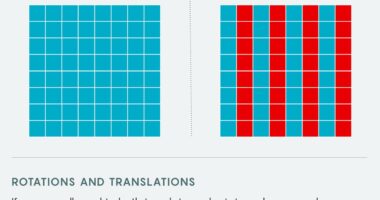THE Moon destroyed a forest on Earth just by wobbling, according to a new study.
The theory solves a mystery from 2015 which involved tens of millions of mangrove trees dying in Australia.
The dead trees had made up almost 10% of the forest along northern Australia’s Gulf of Carpentaria.
The mysterious forest death was initially blamed on something called El Niño.
El Niño refers to a weather phase, which sees the ocean’s surface water in the equatorial Pacific get much warmer than usual.
A strong El Niño can lower tides around the region where the trees died and so the suspicious event was originally blamed on this.
However, a new study has found that the Moon wobbled around the time of the mass mangrove death and also affected the tides.
This meant ocean water was drawn away from mangroves that rely on it to extract fresh water.
The research has been published in the journal Scientific Advances and discusses the known wobble of the Moon and its lesser-known impacts.
We know the Moon’s gravitational pull impacts tidal forces on Earth.
Most read in News Tech
The Moon is said to wobble on a 18.6-year cycle as it orbits our planet and that changes its positioning to Earth ever so slightly.
This slight change can amplify or suppress tides depending on where the Moon is in its cycle, according to Nasa.
The researchers wrote: “We show that the 18.61-year lunar nodal cycle, popularly termed the “lunar wobble,” is a dominant control over the expansion and contraction of mangrove canopy cover over much of the Australian continent.
“Furthermore, the contrasting phasing of the 18.61-year lunar nodal cycle between diurnal and semidiurnal tidal settings has mediated the severity of drought impacts in northern bioregions.”
The researchers used 30 years of national satellite data to conduct their research and correlate the Moon’s behavior with the mass tree death.
This helped them spot a pattern of trees dying every 18 to 19 years, which is in keeping with the Moon wobble timeline.
The researchers now want to find out whether the Moon wobble is affecting mangrove forests in other parts of the world.
The next tide-amplifying part of the Moon cycle is set to happen in the mid-2030s.










